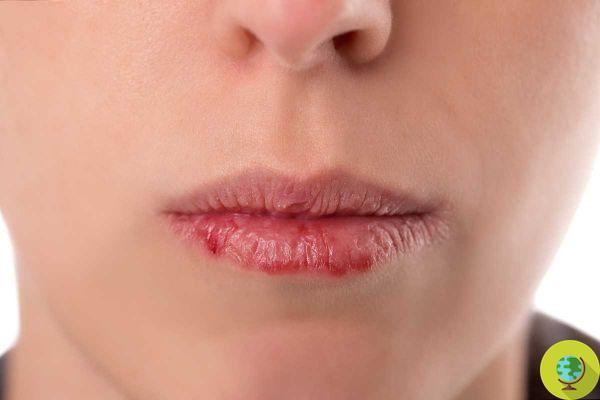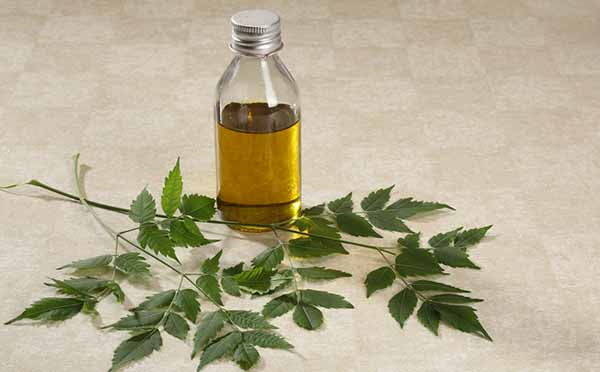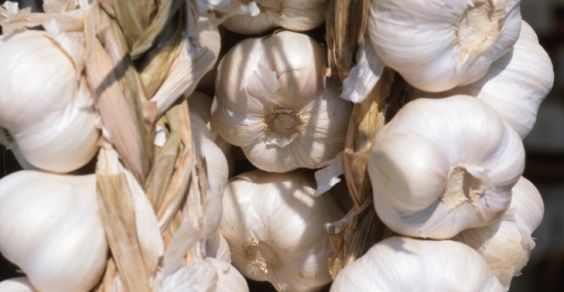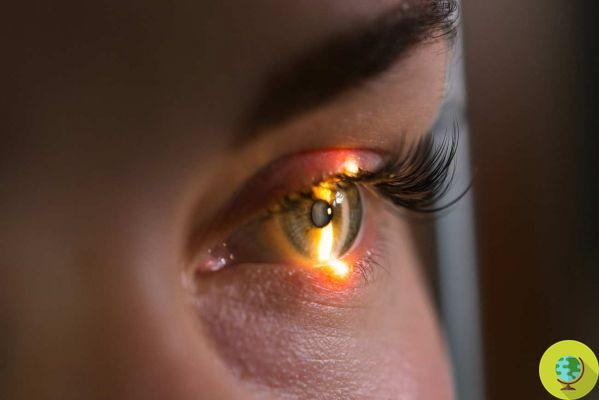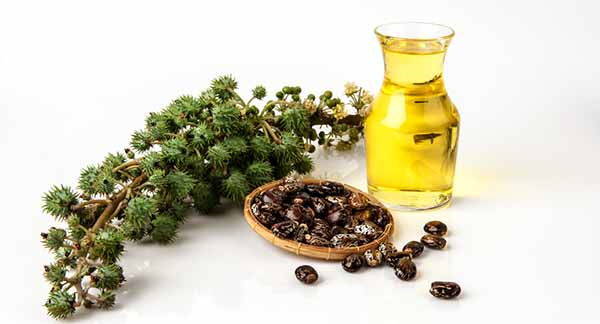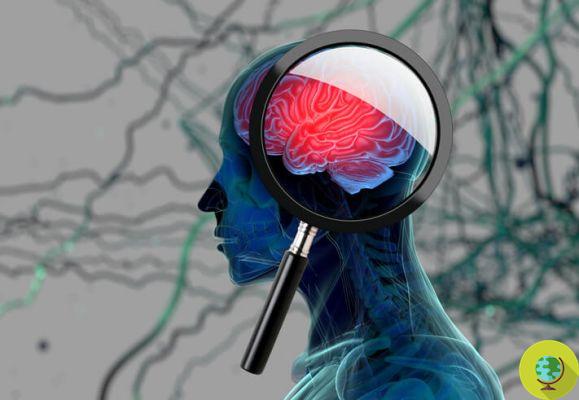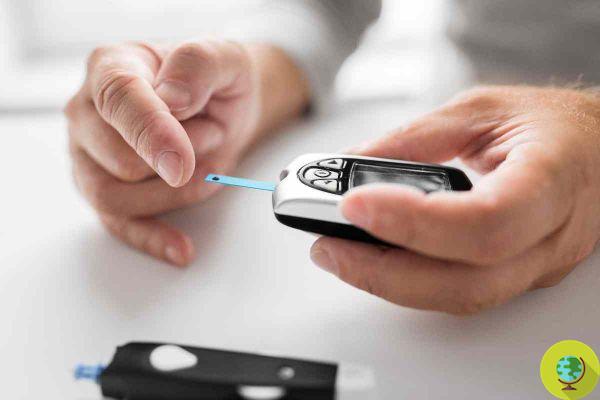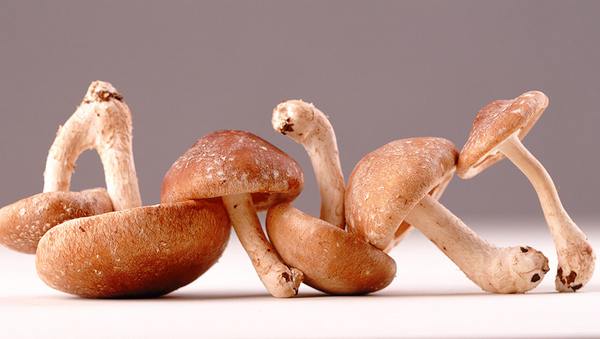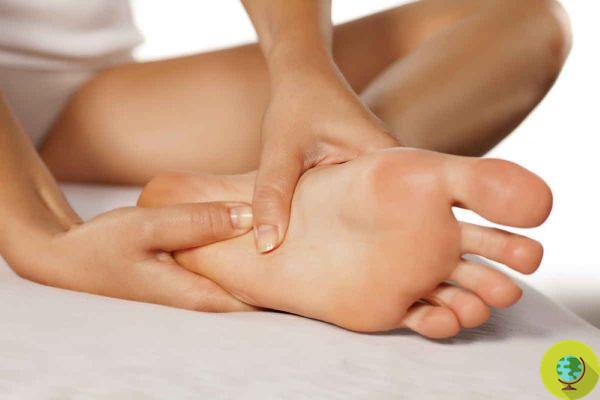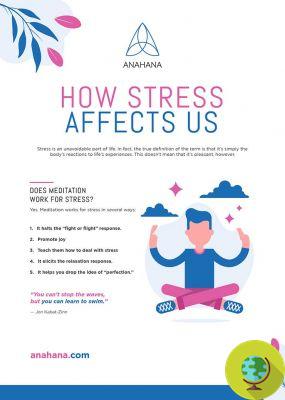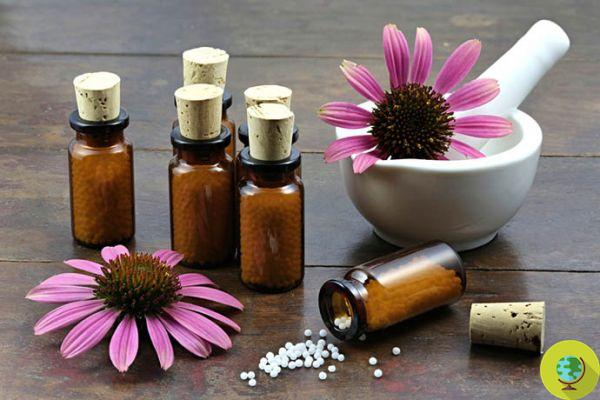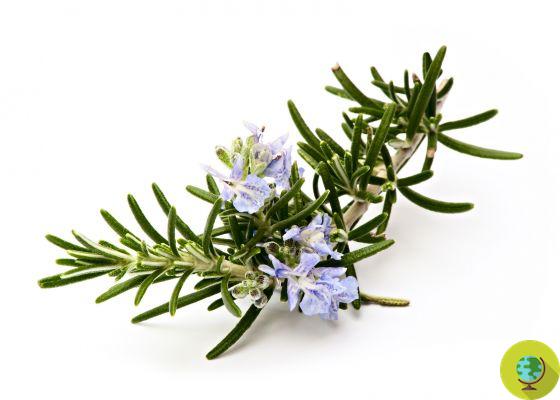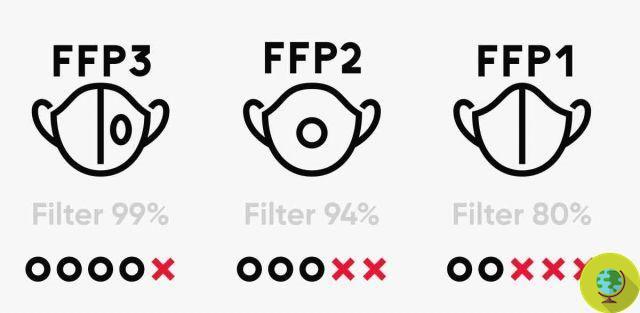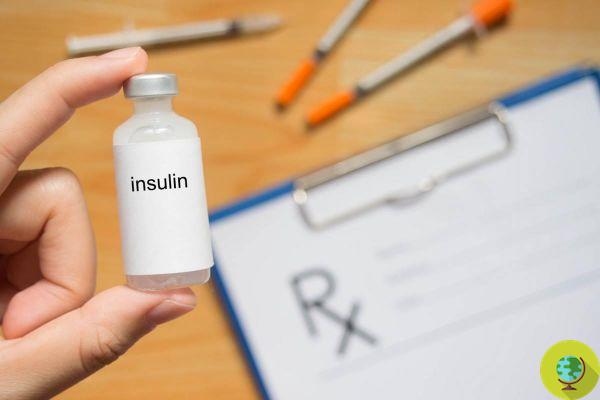What is homocysteine and why should we worry if its blood values are high.
Don't store avocado like this: it's dangerousTHEhomocysteine it's a amino acid essential for our body. Much of the homocysteine that circulates in our body comes from metabolism of the foods we eat. But why is it important to constantly monitor homocysteine? What to do in the case of high homocysteine? What does it mean to have a level of low homocysteine? And what are the reference values?
Like cholesterol, it must be said that homocysteine can also be associated with an increase in certain diseases such as cardiovascular ones, but also to the increased risk of other pathologies of the circulatory system.
READ also: HIGH HOMOCYSTEINE: CAUSES, RISKS AND RECOMMENDED FOODS TO LOWER IT
Index
Homocysteine, what is it
Homocysteine is a sulfur amino acid, which it contains ie sulfur. It is a product of the metabolism that is formed with the enzymatic transformation of methionine, which in turn is another essential amino acid that our body introduces with some protein foods such as milk and dairy products, eggs, meat and legumes.
If present in excess in the blood (iperomocisteinemia or HHcy), homocysteine can cause even more damage than excess cholesterol. Homocysteine represents a oxidative stress factor for our organism, in the sense that its values cannot increase beyond those allowed, because, if it accumulates, there is a risk of cardiovascular, neuro-degenerative and bone pathologies.
An important role in homocysteine metabolism is played by:
- vitamin B6
- vitamin B12
- folic acid
THEsupplementing with these elements is considered a supplement particularly indicated in those subjects with a high cardiovascular risk. We will see more specifically later.
READ also: VITAMINS: ALL THE PROPERTIES AND FOODS THAT CONTAIN THE MOST
Homocysteine: the reference values
I blood values of homocysteine are summarized in three different levels of risk and severity:
- moderate (16-30 μmol / L)
- medium (31–100 μmol/L)
- severo (>100 μmol/L)
Generally, the homocysteine values are higher in men than in women, up to the period of menopause, when the woman is at the same values as the man.
READ ALSO: CHOLESTEROL: HOW TO FIND OUT IF YOU ARE AT RISK
High homocysteine
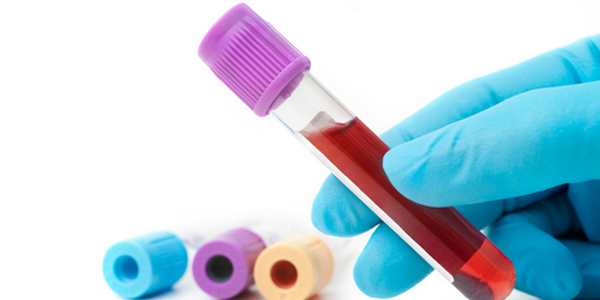
The homocysteine concentration in the blood is due to both a genetic factors, both a physiological factors than to factors acquired, how can one be particularly low vegetable diet,taking certain medications or the presence of hereditary diseases. The homocysteine produced is released into the blood and eliminated mainly by the urinary route, generally as homocystine.
It goes without saying that when the plasma levels of homocysteine reach too high concentrations we speak of iperomocisteinemia and it is a condition that can have various origins and damage the walls of blood vessels.
READ also: HIGH OR LOW CREATININE. REFERENCE VALUES AND HOW TO REGULATE IT
High omocysteine: cause
Then, among the causes of high homocysteine include:
- deficiency of vitamins B12 B12, B6 and folic acid
- pregnancy, during which those vitamins can become deficient
- enzyme deficiencies, in case of genetic mutations the enzymes involved in the mechanisms of homocysteine disposal do not work or function only partially, and this leads to an increase in homocysteine levels
- some medications proton pump inhibitors, antiepileptics, oral contraceptives, anti-Parkinson drugs, methotrexate
Some specific diseases can affect homocysteine levels, among them:
- lupus erythematosus
- hyperthyroidism
- rheumatoid arthritis
- Psoriasis
- kidney pathologies: homocysteine, in fact, is eliminated from our body through the urine, in the form of cystine
Other factors that increase homocysteine levels:
- male sex
- aging
- increase in muscle mass
- smoke
- abuse of coffee
- alcohol abuse
High homocysteine: symptoms
Hyperhomocysteinemia is itself asymptomatic, but it can manifest itself with the symptoms of arteriosclerosis.
Symptoms of high homocysteine can be:
- hardening of the arteries, with related cramps and pains
- excessive blood clotting
READ also: Erythrocytes in the urine, low and high: what they are and what to do
Low homocysteine
If high homocysteine could increase cardiovascular risk, low homocysteine actually poses no health risks. There are also no particular symptoms related to low homocysteine and, if there is good kidney function and the body has no particular problems, there are no important consequences or risks associated with it.
In short, the risk factors for low homocysteine values are almost non-existent. Usually, if homocysteine is low, it is related to a diet that is poor or devoid of foods of animal origin, the absence of alcohol and smoking, a reduced consumption of coffee and a normal presence of folic acid - vitamin B9 - vitamin B6 and vitamin B12.
The important thing is to always keep this value under control, especially during pregnancy.
READ also: VITAMINS: ALL THE PROPERTIES AND FOODS THAT CONTAIN THE MOST
High homocysteine and pregnancy

Homocysteine also plays a very important role in some pathologies related to pregnancy. Elevated homocysteine levels during the nine months of gestation were observed in women with preeclampsia, a premature abruption of the placenta, potentially fatal to the fetus.
In addition, there is an increased risk for the fetus of:
- malformation (spina bifida)
- growth retardation
- neural tube defects
It is no coincidence that it is now routine to prescribe pregnant women a 'daily intake of folic acid possibly combined with vitamin B6 and B12.
READ also: FOLIC ACID: BENEFITS AND SIDE EFFECTS
High homocysteine: diet
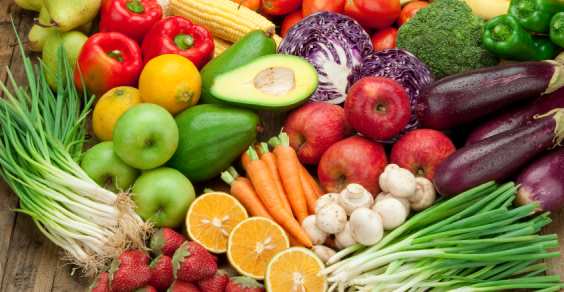
If there are no genetic factors, high homocysteine is above all synonymous with an incorrect lifestyle. So, it would be good stop smoking first and avoid alcohol, do some physical activity and following a correct diet. In this case, also remember that cooking at high temperatures or too long over time determines a drastic lowering of the concentration of vitamins in food.
So:
- consume raw fruits and vegetables (because, being those - B9, B6 and B12 - water-soluble vitamins, they tend to be dispersed in the cooking liquid)
- consume legumes
- consume fprotein fractions rich in essential amino acids
- reduce fats of animal origin
READ also: 5 GOOD REASONS TO EAT RAW FOOD
In particular
High homocysteine: recommended foods
Foods rich in vitamin B12:
tuna
clams
cheeses and dairy products
eggs
fish
READ also: VITAMIN B12: WHAT ARE THE SAFE SOURCES?
Foods rich in vitamin B6:
cereals
vegetable
potatoes
pepperoni
cabbage
broccoli
fish
eggs
XNUMX cups milk
READ also: VITAMIN B6: BENEFITS, SOURCES AND HOW TO TAKE IT
Foods rich in folic acid:
vegetable
chicken
spinach
lettuce
chicory
beet
broccoli
soy
Quinoa
dried fruit
chestnuts
eggs
fish
cheese
READ also: FOLIC ACID: THE FOODS THAT CONTAIN THE MOST
Germana Carillo




